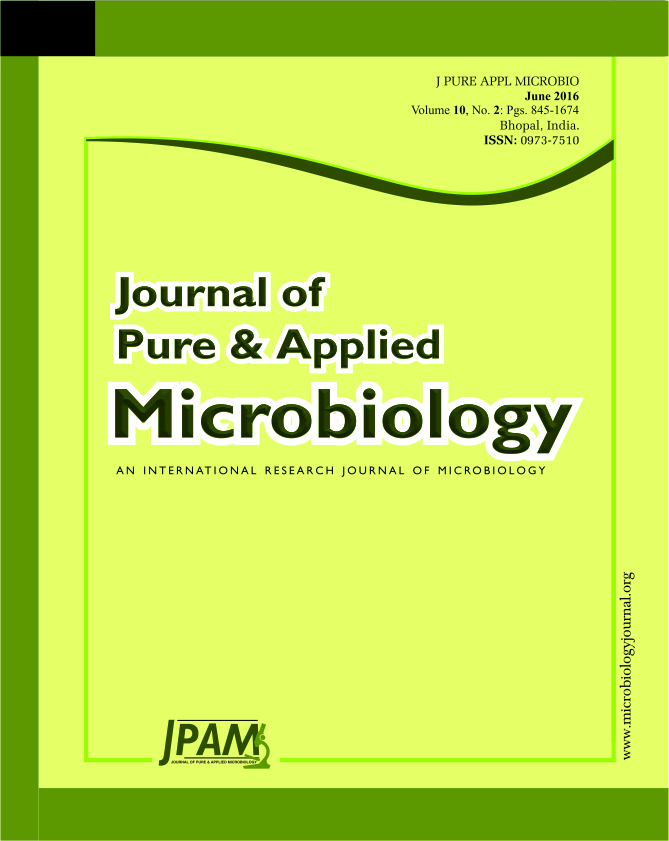Salmonella enterica serovar Typhi (S. Typhi) is the causative agent of typhoid fever. TolC, an efflux pump protein, is reported to have a role in the virulence of S. Typhimurium, which does not cause typhoid fever or carriers in humans. The role of TolC in the virulence of S. Typhi is unknown. This study addresses this question by utilizing gene knock-out technique to produce tolC deletion mutants (DtolC) and plasmid recombination technique to produce complementation mutants (DtolC+) from S. Typhi strains cultured from both Ty21a (live vaccine strain) and from an acute typhoid fever patient (acute strain). The results showed that tolC deletion mutants derived from both vaccine and acute strains of S. Typhi showed a significant reduction in :1) SDS tolerance, 2) biofilm formation ability, 3) macrophage invasion ability, and 4) cell membrane integrity, as compared with their parent (wild-type) strains. Complementation strains reverted the above phenotype completely except for biofilm formation and membrane integrity of the DtolC derived from the acute strain only. These results suggest that tolC has a direct role as an efflux pump, host cell invasion, and maintenance of cell membrane integrity.
tolC mutant; Salmonella; Invasion; Biofilm; Membrane Integrity.
© The Author(s) 2016. Open Access. This article is distributed under the terms of the Creative Commons Attribution 4.0 International License which permits unrestricted use, sharing, distribution, and reproduction in any medium, provided you give appropriate credit to the original author(s) and the source, provide a link to the Creative Commons license, and indicate if changes were made.


